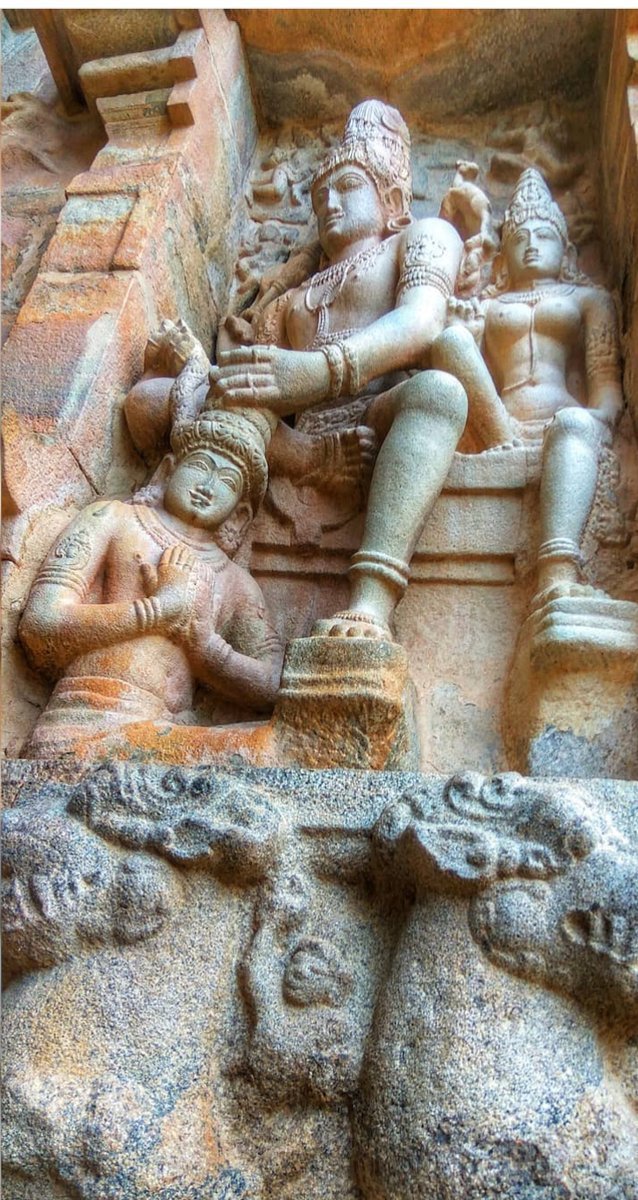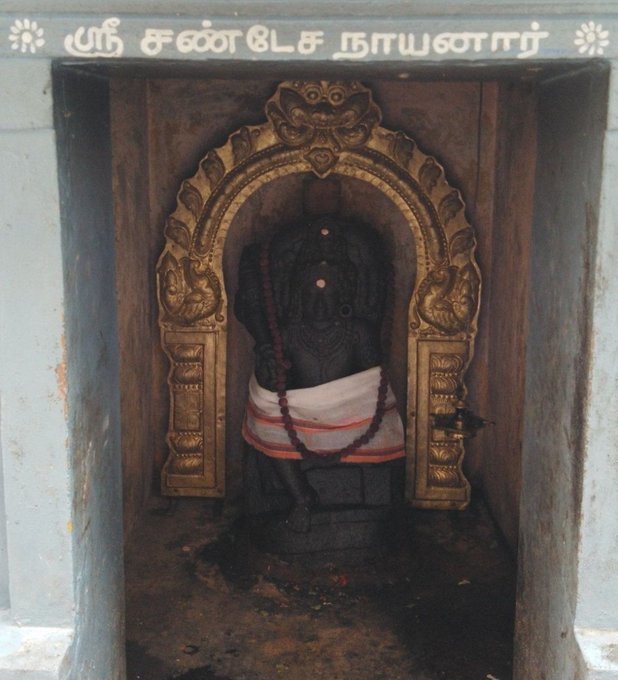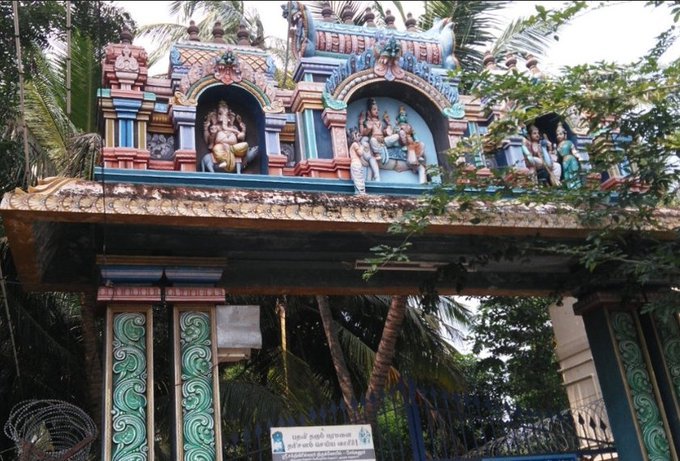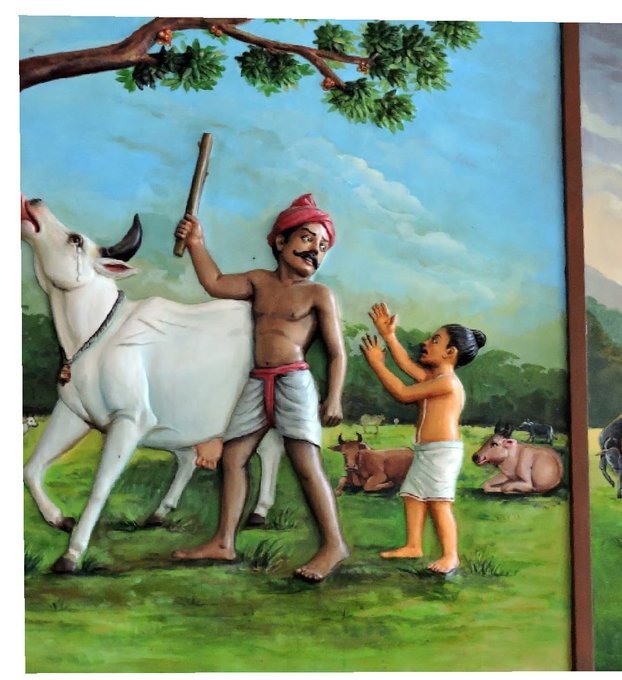Mantras are symbols of certain material and spiritual objects with which they have an essential connection.
(2/25)
Mantras are made up of phonemes. The set of phonemes and their corresponding letters of the Sanskrit alphabet represent the Divine energy (shakti). Individual phonemes / letters represent different types and manifestations of this energy.
(3/25)
Kshemaraja writes, quoting from the treatise ṭantrasadbhāva: “O dear, all mantras are made of letters. These letters are the form of shakti. This shakti should be known as the matrika (mātṝikā). The matrix should be known as the very form of Shiva ”.
(4/25)
The consonants represent the energies of the Absolute Consciousness, and the vowels represent the energies that form the universe.
(5/25)
Absolute consciousness has five energies: the energy of consciousness - cit, the energy of bliss - ānanda, the energy of will - iccha, the energy of knowledge - jñāna and the energy of action - kriyā.
(6/25)
These energies correspond to the letters of the Sanskrit alphabet, with which the corresponding Sanskrit terms or letters begin, formed according to the rules of Sanskrit grammar when these letters are combined with each other and with other letters.
(7/25)
Moreover, the short letters i and u correspond to akṣhubdha (calm) state of the energies of will and knowledge, i.e. a state in which they are not directed towards objects of the phenomenal world.
(8/25)
Long letters ī and ū - correspond to the kṣhubdha (excited) state of the corresponding energies, i.e. energies directed to the objects of the created world.
(9/25)
For example:
a - cit-shakti is the energy of consciousness, the highest energy. The word anuttara, the highest, begins with the letter a.
(10/25)
A - ānanda-shakti is the energy of bliss. The word ānanda - bliss begins with a long A.
(11/25)
i - iccha-shakti - energy of will in the state of akṣhubdha, i.e. the will to create the world, not yet directed at specific objects. The word iccha - will begins with a short i.
(12/25)
ī - ichchha-shakti in the state of kṣhubdha, i.e. the energy of will as the energy of power over specific objects. The word īshana begins with a long ī - power, domination.
(13/25)
u - jñāna-shakti - the energy of knowledge in the state of akṣhubdha. The word unmesha - introverted manifestation of knowledge begins with a short i.
(14/25)
o = a + u - kriyā-shakti - energy of action. The combination of the letters a and u (symbolizing the energy of bliss and the energy of knowledge) according to the rules of Sanskrit grammar gives the letter o.
(15/25)
The correspondence of the consonants and the energies symbolized by them is established by the correspondence of the place of these energies in the sequence of manifestation and the place of letters in the usual order of the Sanskrit alphabet.
(16/25)
That. the usual order of letters (mātṝikā) corresponds to the creation of the Universe, the movement from the Absolute consciousness to the individual, from God to man.
(17/25)
In addition, there is a letter order (mālini) in which consonants alternate with vowels. This order symbolizes the reverse process - the union of Divine energies with human, movement from individual consciousness to the Absolute.
(18/25)
In the Chandogya Upanishad, various types of sounds are considered as incarnations of deities: "All vowel sounds are incarnations of Indra, all sibilants are incarnations of Prajapati, all consonants are incarnations of death" (II.22.23).
(19/25)
Let us now turn to the theory of speech in Kashmir Shaivism. According to this theory, there are four levels of speech.
(20/25)
Paravak (parāvāc) - the highest speech - the thinking of the personal God (Ishvara). This is the Divine Word. It is the power (shakti) of the Absolute (Parama-Shiva). The mind of God contains the ideas of all things.
(21/25)
Pashyantī is the level of direct perception. It includes the direct perception by an individual subject of both material and spiritual objects. Sensual and mystical intuition operates at this level.
(22/25)
This is the pre-reflective, pre-discursive level that precedes rational thinking. It has been compared to instinctive behavior in animals. Pashyanti is realized in a person through the "instinctive mind" - manas.
(23/25)
Manas is what separates a certain group of sensations from their mass and draws a certain image in itself. Manas is constantly busy creating or extracting images as the senses provide information pertaining to the outside world.
24/25)
In a sense, manas is analogous to Kant's sensibility. At this level, the thing (rūpa) and the name (nāma) are identical. Perception of a thing in Kashmir Shaivism, this is the thing itself (similar to Berkele's esse est percipi).
(25/25)
Note:~ mute tagged account while replying








